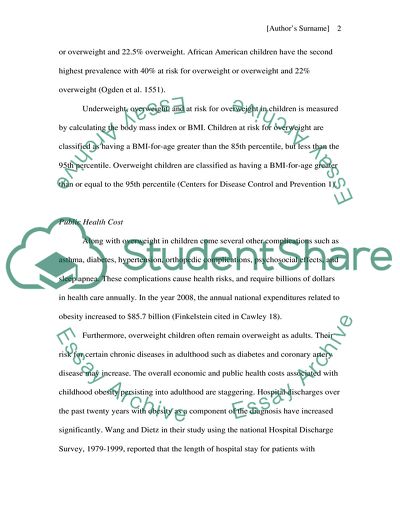Cite this document
(The Problem of Children Obesity in America Coursework, n.d.)
The Problem of Children Obesity in America Coursework. https://studentshare.org/health-sciences-medicine/1761831-childhood-obesity-in-america-possible-solutions-to-overcome-it
The Problem of Children Obesity in America Coursework. https://studentshare.org/health-sciences-medicine/1761831-childhood-obesity-in-america-possible-solutions-to-overcome-it
(The Problem of Children Obesity in America Coursework)
The Problem of Children Obesity in America Coursework. https://studentshare.org/health-sciences-medicine/1761831-childhood-obesity-in-america-possible-solutions-to-overcome-it.
The Problem of Children Obesity in America Coursework. https://studentshare.org/health-sciences-medicine/1761831-childhood-obesity-in-america-possible-solutions-to-overcome-it.
“The Problem of Children Obesity in America Coursework”. https://studentshare.org/health-sciences-medicine/1761831-childhood-obesity-in-america-possible-solutions-to-overcome-it.


